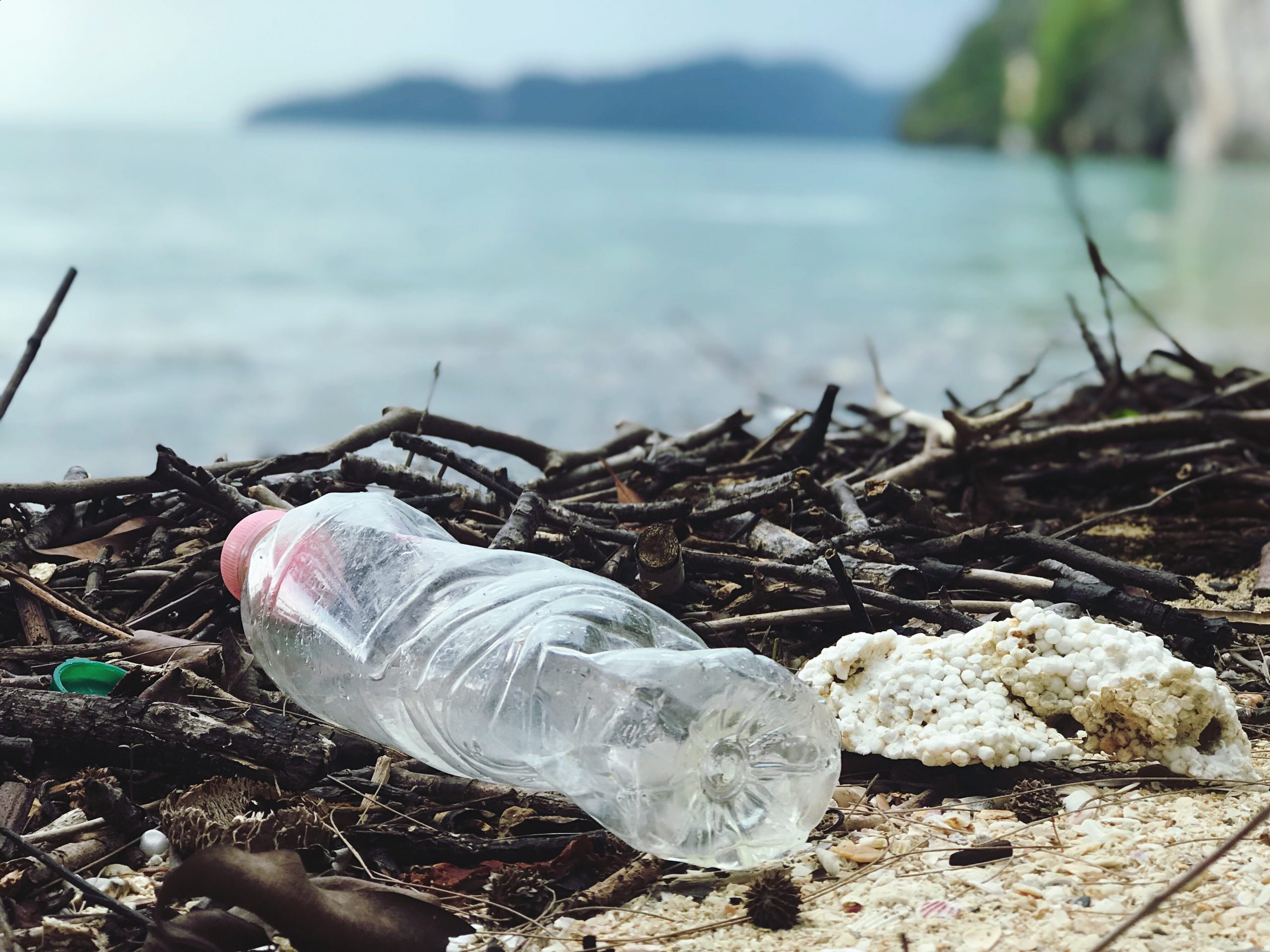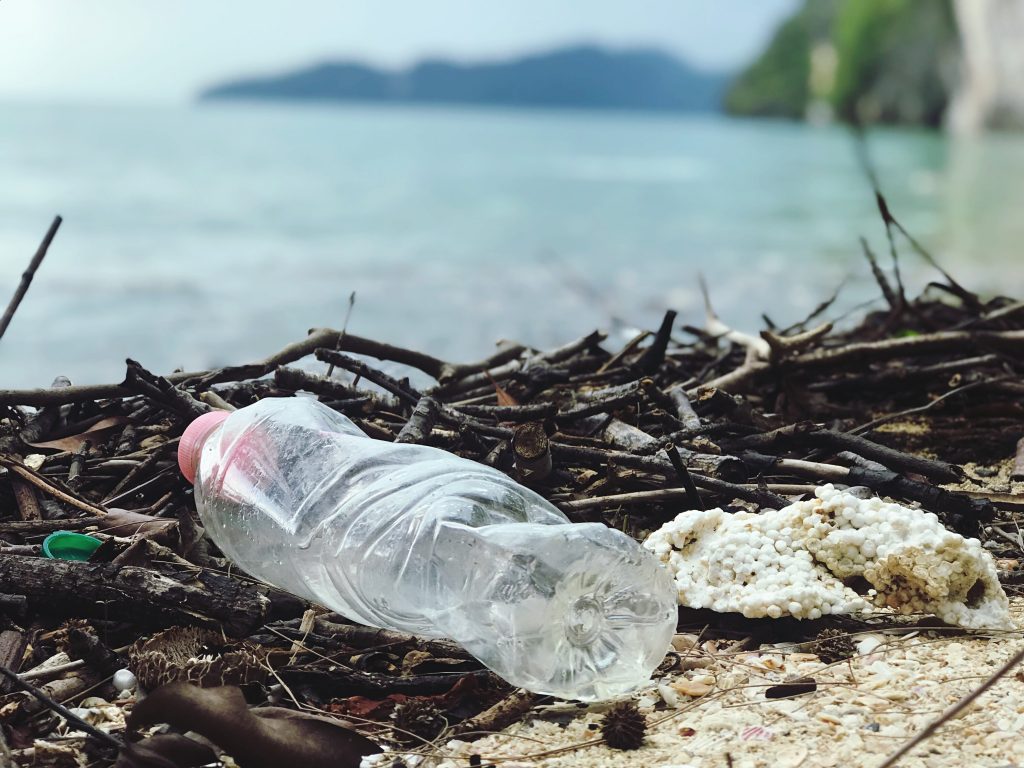How to save the ocean from plastic bottles? Wearing tights!
Every year 8 million tons of plastic are added to the 150 million that are estimated to have accumulated in the oceans to date. A large part are bottles and containers in PET, an acronym for polyethylene terephthalate (try doing exercise 27), a polymer that can be recycled and reused in various industrial fields, including textiles.
In the mid-eighties Italy was the largest producer of tights in the world, but in the 2000s it was up to the honor of the chronicles because of the attention two Italian companies payed to the environment realizing their new product, implementing their commitment in the important “Save the Oceans” project.
In fact, in the name of innovation and sustainability, some Italian companies based in the industrial area between Mantua and Bergamo, that produce polyamides, synthetic fibers and technopolymers, based a new production line on a new tights yarn. It is a high-performance, elegant product, which respects the environment. It is produced choosing recycled and recyclable raw materials and its complete traceability is due to the fact that it is zero km.
We are talking about black, 50 denier tights made of Repetable®, a new yarn which includes a large variety of polyester fibers derived from recycled PET bottles.
The production of this polyester yarn has a strong environmental impact because it reduces CO2 emissions and water and electricity consumption in the yarn dyeing process.
In the recycling phase, 75% of plastic packaging waste such as PET from bottles is first transformed into raw material and then sorted and used in different company branches, as happens with tights. The recycling process is divided into various stages.
1. Plastic collection.
2. Different types of packaging are put in a system that sorts and divides by type of polymer and by color.
3. Plastic bottles are washed in hot water to sanitize them and to remove labels, and then sent for recycling.
4. The final material is made of PET flakes suitable for the production of slabs, containers, building construction products, car products, new bottle materials and, of course, textile materials.
The remaining 25% of waste that is not recycled – because made of heterogeneous waste from non-recyclable packaging – is however transformed into secondary solid fuel used in cement factories instead of coal.
A beautiful example of the circular economy!
ACTIVITY: Which goals of the 2030 Agenda fit the topics of this reading?


